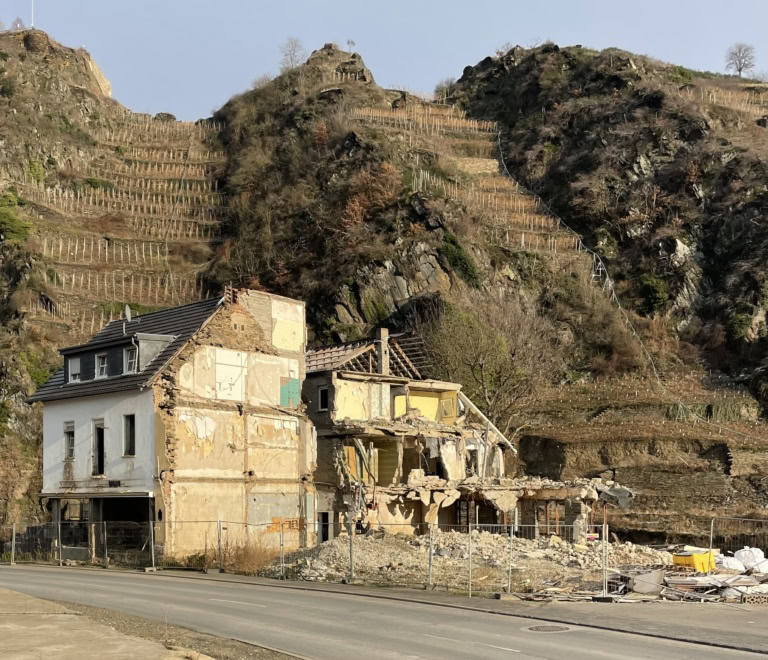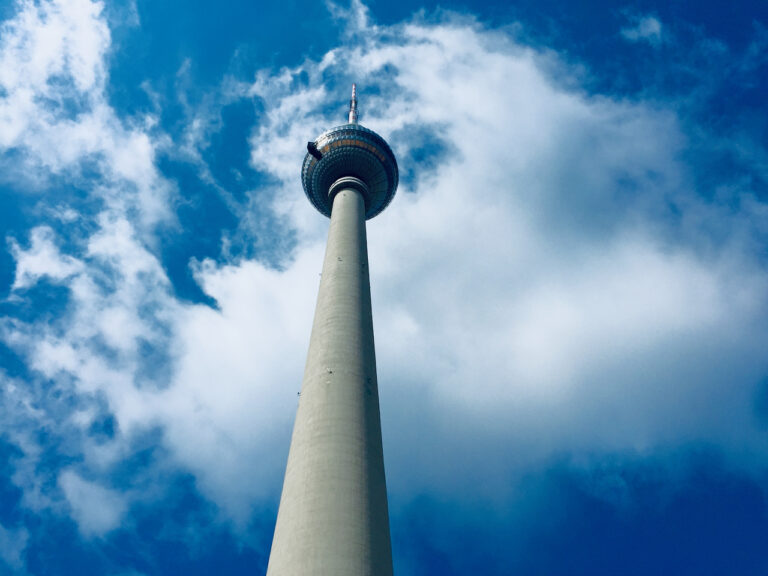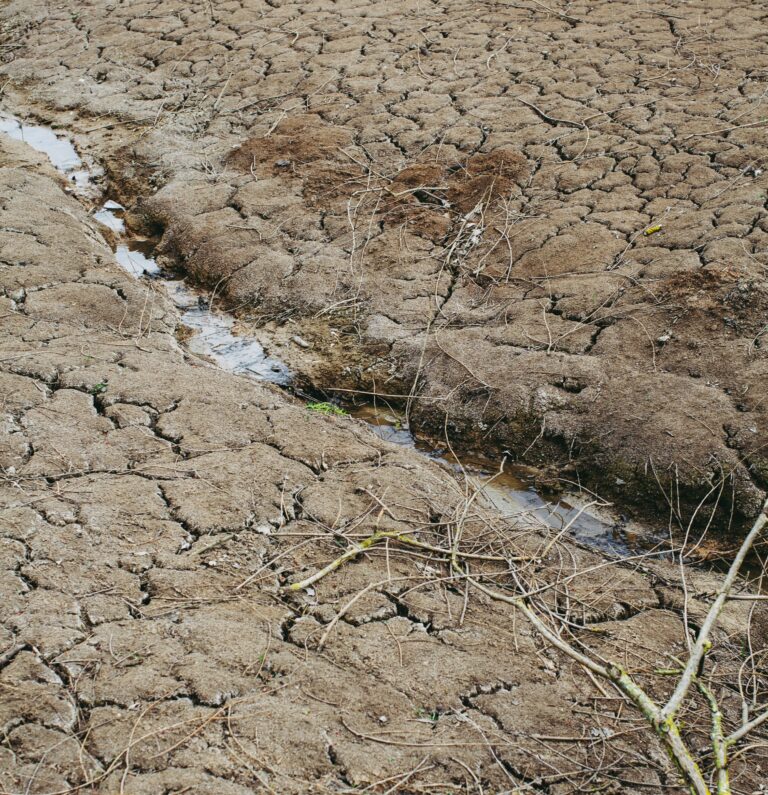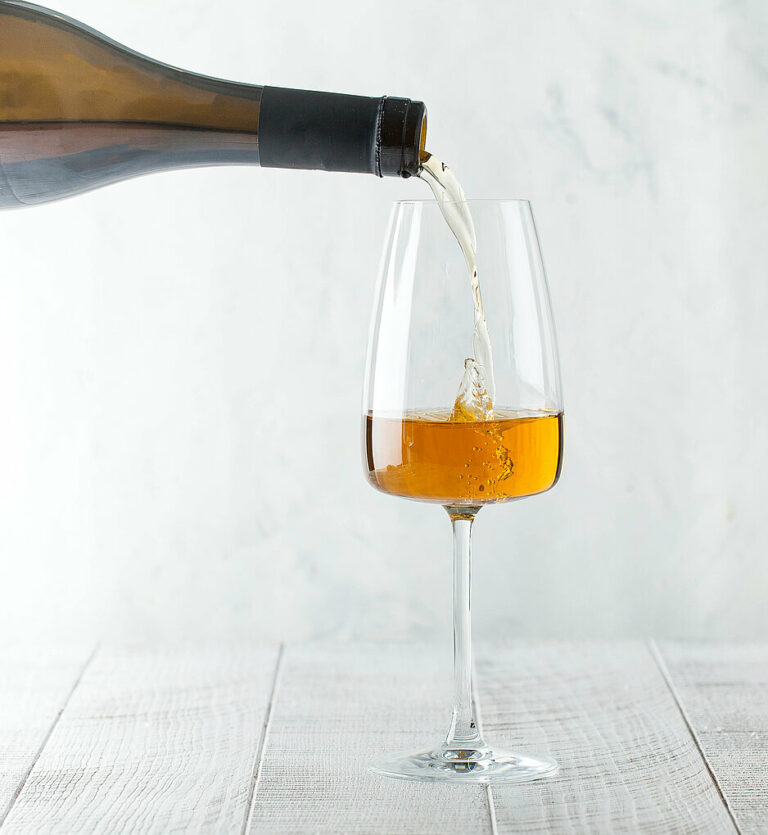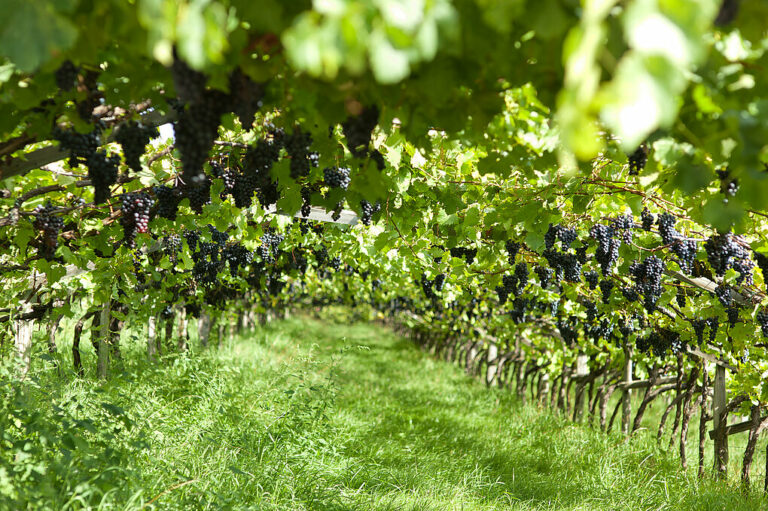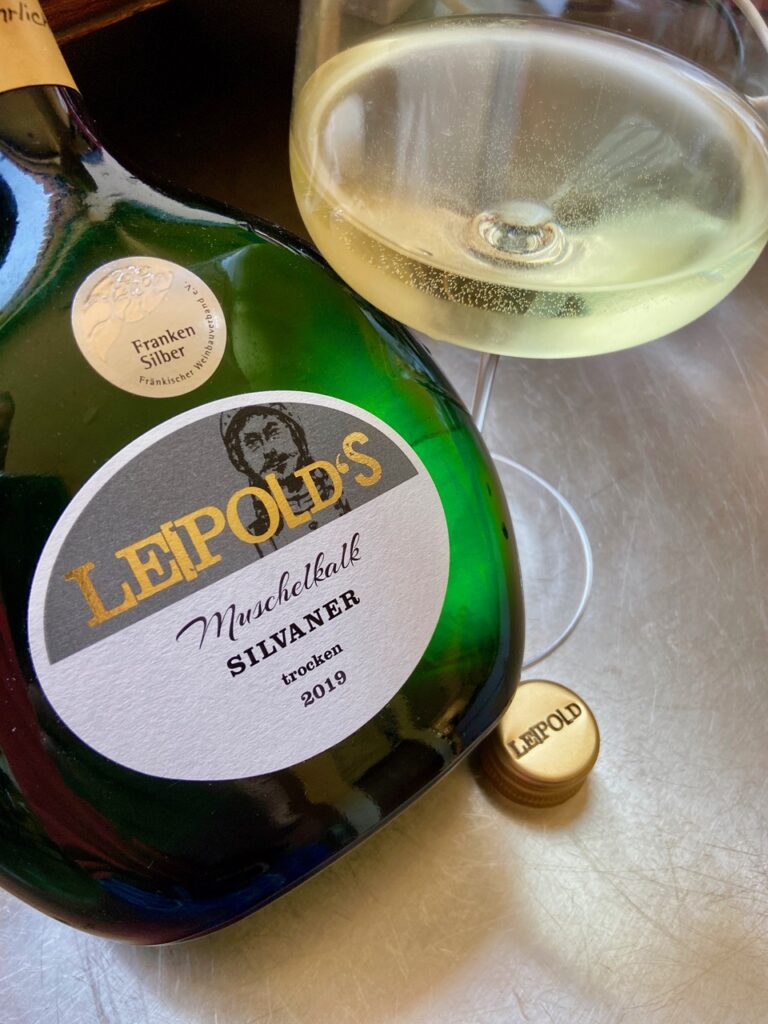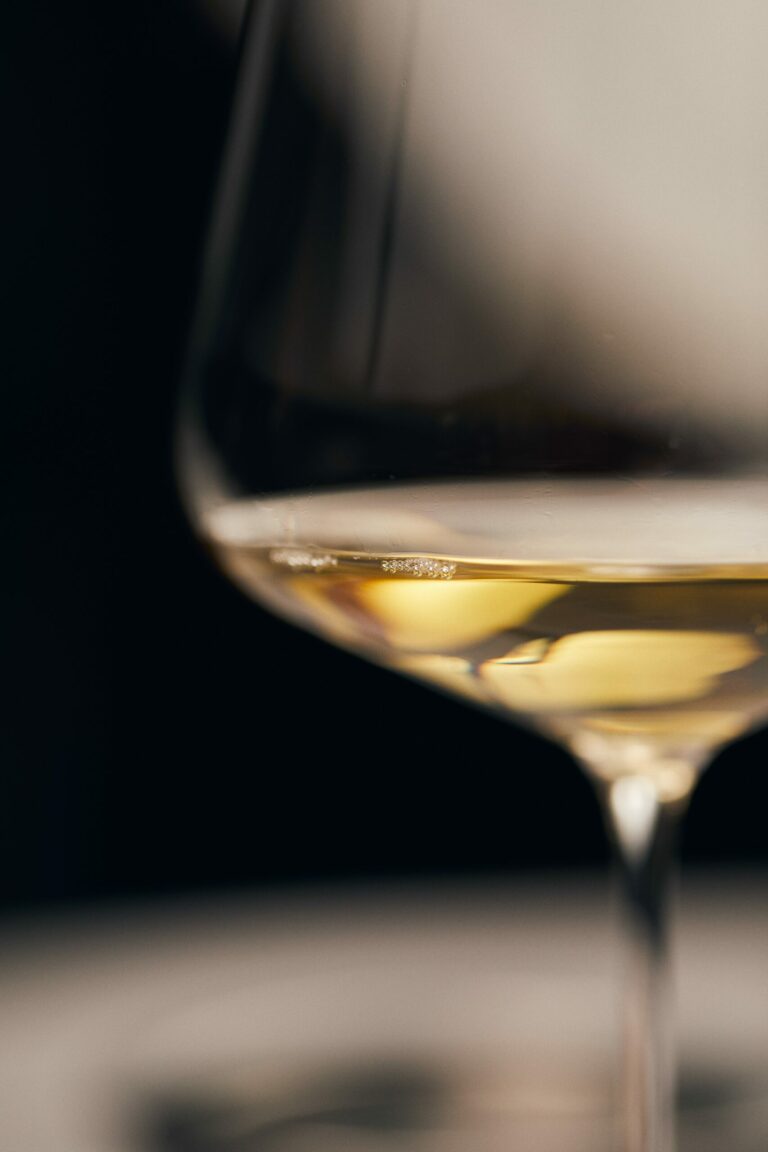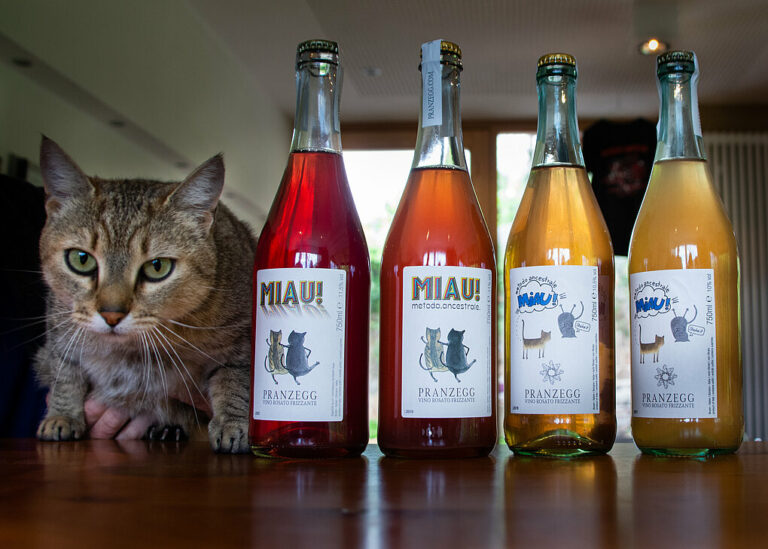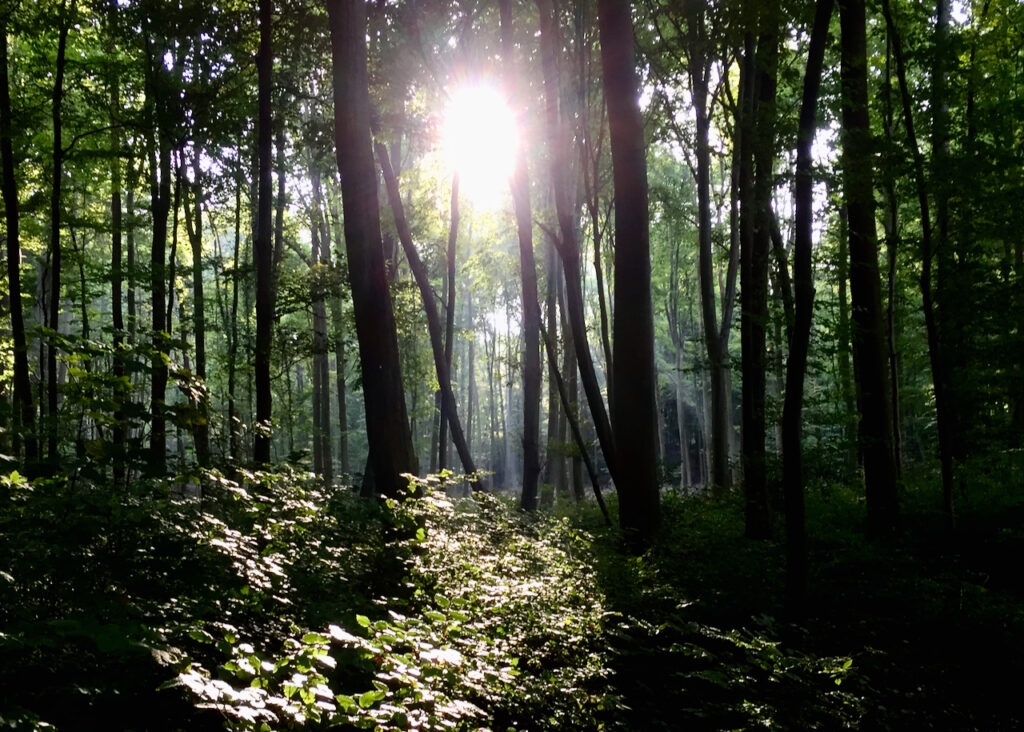
Over the past year, we’ve grown accustomed to keeping our heads down, focused on placing one foot in front of the other. Now we can look up and shift our focus, from tree back to forest.
Reestablishing equilibrium and redefining the balance between responsibilities to ourselves and to others has led to a long-needed reevaluation of the status quo. We’ve seen it play out in many realms, and wine is finally, thankfully among them.
In this volume, our authors take us on that challenging journey of rediscovery as they confront their own preconceptions. Lauren Johnson comes to terms with an element of racism in a winemaking philosophy she revered. Stuart Pigott warns of the stark reality of heat and drought in a country that, only decades ago, struggled to reliably ripen wine grapes. Ronald Merlino continues his journey along Beethoven’s footpaths to uncover the interplay of music and some quintessential Austrian wines — and the ways in which they amplify our understanding of the composer’s greatest works.
You’ll also find Ellen Wallace’s story of a fascinating Swiss nature park that’s now home to 80 wineries working in symbiosis with nature and human need, as well as Nils Kevin Puls’ fresh look at the timeless appeal of working non-vintage among four top Austrian growers, and expert picks for orange wines from the umlaut zone. From South Tyrol, Simon Staffler reports insights gleaned in the final installment of his three-part investigation of Vernatsch. Liv Fleischhacker explores lessons three Berlin wine retailers learned from their pandemic experiences.
Last but definitely not least, we present a practical and a theoretical introduction to the world of Kabinett trocken. It is a style both loved and little understood. And who better than David Schildknecht and Jérôme Hainz to elucidate?
As we head into summer, we thank you, our readers, for your remarkable engagement and support for our first six volumes of TRINK. We will now pause publication until autumn, allowing us to refresh our focus, as well as the look, feel, and function of the magazine.
As ever, we welcome your feedback and suggestions. Drop us a line [email protected]
Happy reading!
Paula Redes Sidore, Bad Honnef
Valerie Kathawala, New York


